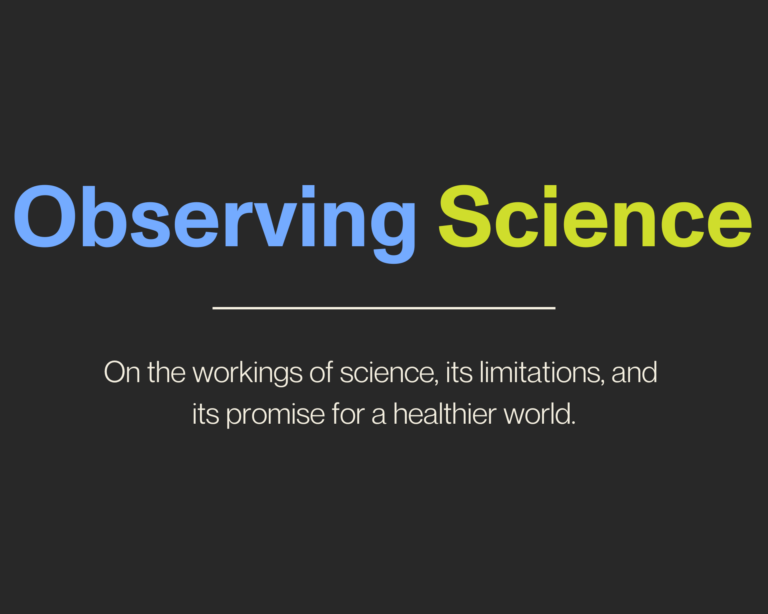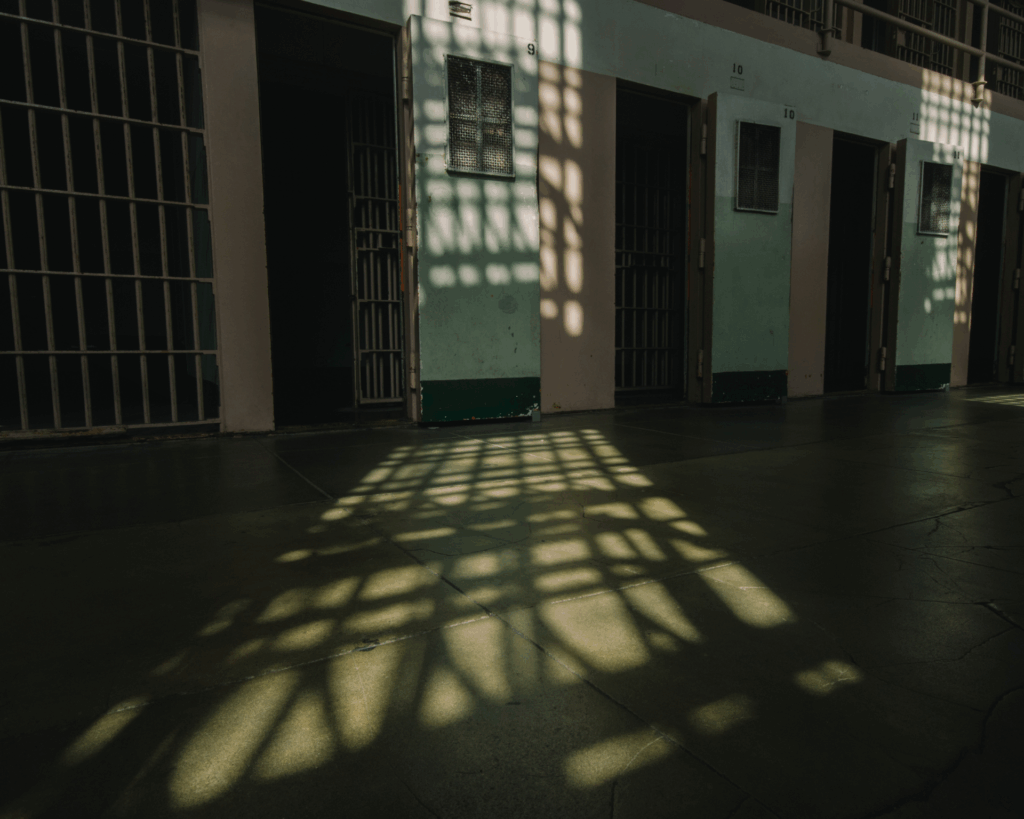Protecting Government Scientists
On the role of government scientists and the importance of protecting regulatory science.

Read Time: 4 minutes
Published:
Government scientists shape, implement, adjudicate, and enforce public policies of every stripe. Any data-based issue that might require government to act—from gun control to tobacco use to the opioid crisis to the safety of vaccinations to climate change—is a point at which, to some, government could infringe upon business or personal liberty. Disputants turn to rejecting factual evidence on these problems as a way to undermine government action.
One form of attack is to attack government scientists themselves—for decades those engaged in climate research, but more recently COVID-19—subjecting them to hostile congressional inquiries, Freedom of Information Act requests, subpoenas, and lawsuits. Climate and public health scientists have also been subject to condemnation in conservative media: if a particular policy is unwanted, the scientists providing evidence that inform that policy must be untrustworthy. Civil servants have been fired, made targets of threats and violence, silenced or fired. Trump’s first term as president proved disastrous for scientists at the EPA, including retaliating against researchers who speak out.
Whether government can continue to serve national needs will require rehabilitating in the minds of citizens the idea of an administrative state and the importance of its scientists.
Most scientists who are federal workers—who currently work at more than two dozen agencies, from the Department of Agriculture to the National Institutes of Health—are hired competitively into the civil service; others (usually high-level officials) are appointed by the president. An executive order issued by President Trump at the end of his term four years ago would have made it easier to reclassify the jobs of tens of thousands of career professionals, including scientists—and then to fire them. Newly elected President Biden quickly revoked that order before it went into effect. But it could be reversed again by a future administration.
Preparing for such a reversal, the administration of President Biden has crafted legal protections for government scientists at dozens of federal agencies. A union now represents more than half of the Environment Protection Agency’s 15,000-plus workforce, and in its new contract, has secured a clause on scientific integrity for the first time. Such collective bargaining agreements negotiated by unions are one new route for protecting government science and scientists. As it now stands, any disputes about scientific integrity or alleged retaliation against scientists who speak out would be heard by an independent arbiter outside the agency. And if a new administration tried to repeal the contract, the union would have legal recourse to challenge that decision, too.
But protecting regulatory science requires more than a union’s negotiations. It requires a wider public understanding of what kind of scientific work Federal dollars support at universities and elsewhere—an acceptance that the private sector has been unable to solve certain scientific problems like climate change or opioid addiction—plus a shared belief that science matters, and further that it can be trusted to be done without partisanship in government labs.
Political meddling in science has always been bipartisan. But a system in which people are appointed to influential positions because of their allegiance to a particular political belief, or disregard for science, a meddling with scientific uprightness would be disastrous. Whether government can continue to serve national needs will require rehabilitating in the minds of citizens the idea of an administrative state and the importance of its scientists. The idea that degrading, debunking, and delegitimizing the work of scientists entrusted with the responsibility for providing evidence that can improve national health and well-being seems irrational. But it is no longer unthinkable.
Previously in Observing Science: Scientific Storytelling




